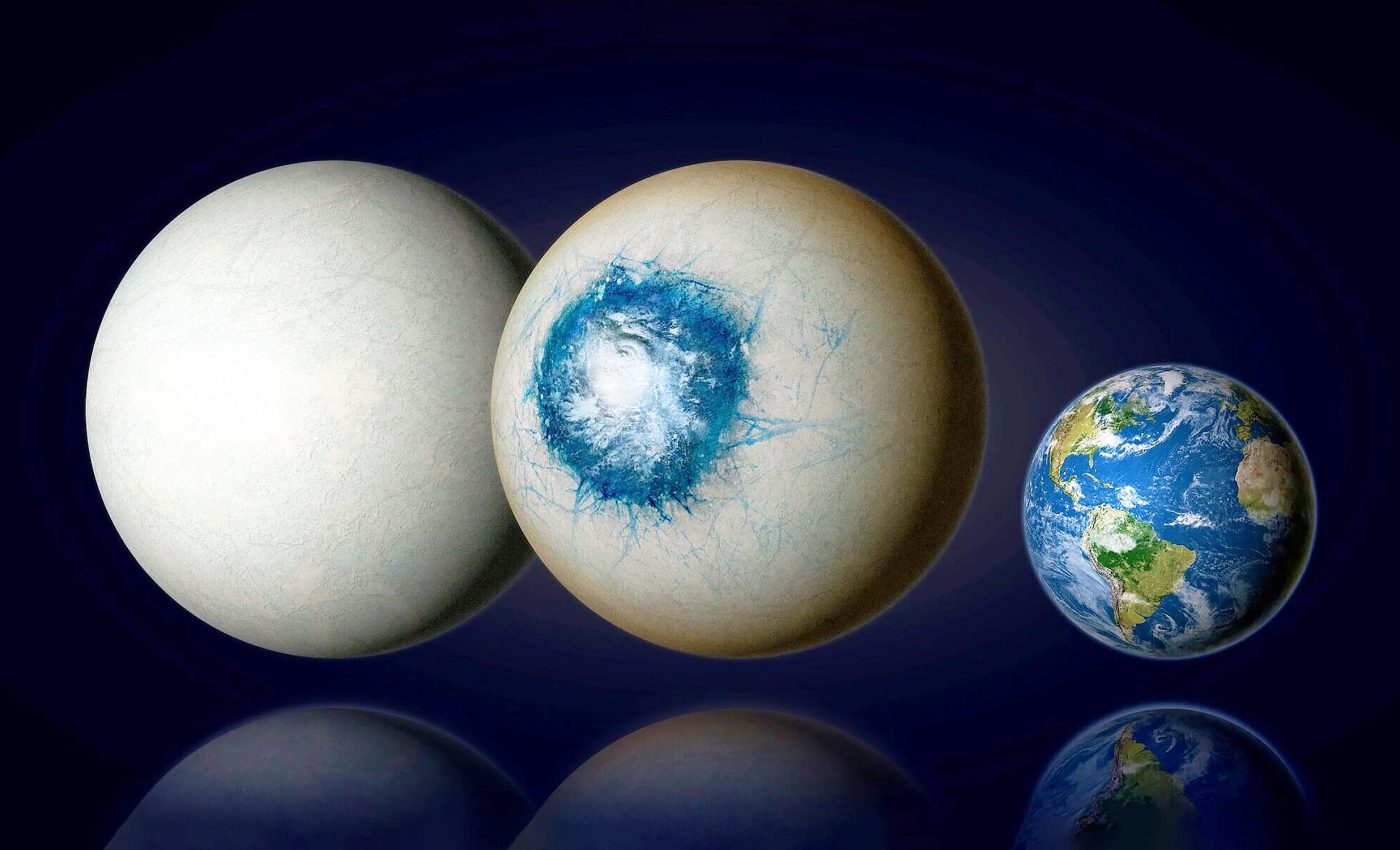
Exoplanet close to Earth is our 'best bet' yet at finding alien ocean life
We live in an expansive universe, brimming with celestial bodies that conceal enigmas and secrets. Today, we delve into the intriguing revelations about the exoplanet LHS 1140 b, a possible super-Earth that teems with the potential of water, ice, and even life.
The explorers behind this study, an international team of astronomers led by Université de Montréal, stumbled upon this riveting discovery, challenging the preceding presumption of this exoplanet as a mini-Neptune.
LHS 1140 b in the ‘Goldilocks’ Zone
Though initially speculated to be a mini-Neptune when discovered, new analysis paints a different portrait of LHS 1140 b, an exoplanet located just 48 light-years away in the constellation Cetus.
The findings suggest it could be one of the most promising exoplanets in its star’s habitable region — or “Goldilocks’ zone” — circling a low-mass red dwarf star, potentially harboring an atmosphere and maybe even an ocean of liquid water that could support life.
Why the fuss about this particular exoplanet? Well, it orbits its star at a distance that is just right – not too hot, not too cold – for liquid water (and thus, life as we know it) to exist.
LHS 1140 b resides in what is also known as the “habitable zone” and is one of the closest exoplanets to Earth that has been found in this important region so far. Exciting thought, to say the least.
The researchers, led by Charles Cadieux, a Ph.D. student at UdeM’s Trottier Institute for Research on Exoplanets (iREx), supervised by professor René Doyon, reported that LHS 1140 b is 1.7 times the size of Earth and 5.6 times its mass.
Mysteries of LHS 1140 b unveiled
Is LHS 1140 b a mini-Neptune with a thick, hydrogen-rich atmosphere or a super-Earth with a rocky surface? Or perhaps a “Hycean world” with a global ocean enveloped by a hydrogen-rich atmosphere?
These were the questions that intrigued the team of astronomers. They looked for answers using the James Webb Space Telescope (JWST) and in December 2023, they got “director’s discretionary time” (DDT) to observe two transits of the exoplanet.
Surprisingly, their findings excluded the mini-Neptune scenario, adding weight to the suggestion that LHS 1140 b might be a super-Earth, possibly with a nitrogen-rich atmosphere.
If corroborated further, this could make LHS 1140 b the first temperate planet to show evidence of a secondary atmosphere, formed post the planet’s initial formation.
Snowballs, ice, and liquid water
Analysis leads researchers to believe that 10 to 20 percent of LHS 1140 b might consist of water, implying it could be a water world, possibly a snowball or ice planet with a potential liquid ocean at the sub-stellar point.
This region is the area of the planet’s surface always facing the system’s host star due to the planet’s expected synchronous rotation (like the Earth’s Moon).
So, what does this all mean? Cadieux, the lead author of the new study, puts it beautifully, saying, “Of all currently known temperate exoplanets, LHS 1140 b could well be our best bet to one day indirectly confirm liquid water on the surface of an alien world beyond our Solar System.”
While it’s still a tentative result, the suggested nitrogen-rich atmosphere on LHS 1140 b implies the planet has retained a substantial atmosphere, creating conditions supportive of liquid water.
If this fascinating exoplanet does bear an Earth-like atmosphere, it would be a snowball planet with a “bull’s-eye” ocean about 4,000 kilometers in diameter, half the surface area of the Atlantic Ocean, possibly with a pleasant 20 degrees Celsius at the center.
LHS 1140 b and future habitability studies
Exoplanet LHS 1140 b stands out as an exceptional candidate for future habitability studies due to its potential atmosphere and the right conditions for liquid water.
However, confirming this and distinguishing between the snowball planet and bull’s-eye ocean planet scenarios requires more observations.
According to Doyon, detecting an Earth-like atmosphere on a temperate planet would push the Webb’s capabilities to the max.
He asserts, “The current hint of a nitrogen-rich atmosphere begs for confirmation with more data. We need at least one more year of observations to confirm that LHS 1140 b has an atmosphere, and likely two or three more to detect carbon dioxide.”
So, the quest continues, and as we do, we inch closer to answering the age-old question – are we alone in the universe? Only time will tell, but the discovery of LHS 1140 b rouses hope in even the faintest of hearts.
A preprint version of the UdeM study is currently available on arXiv.
—–
Like what you read? Subscribe to our newsletter for engaging articles, exclusive content, and the latest updates.
Check us out on EarthSnap, a free app brought to you by Eric Ralls and Earth.com.
—–













